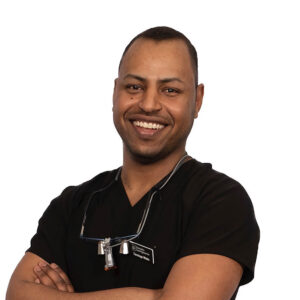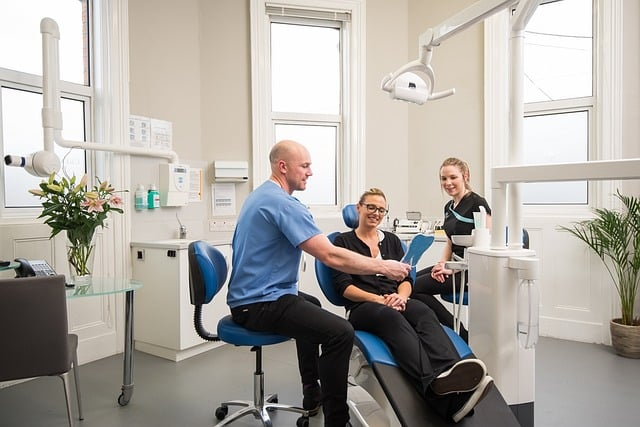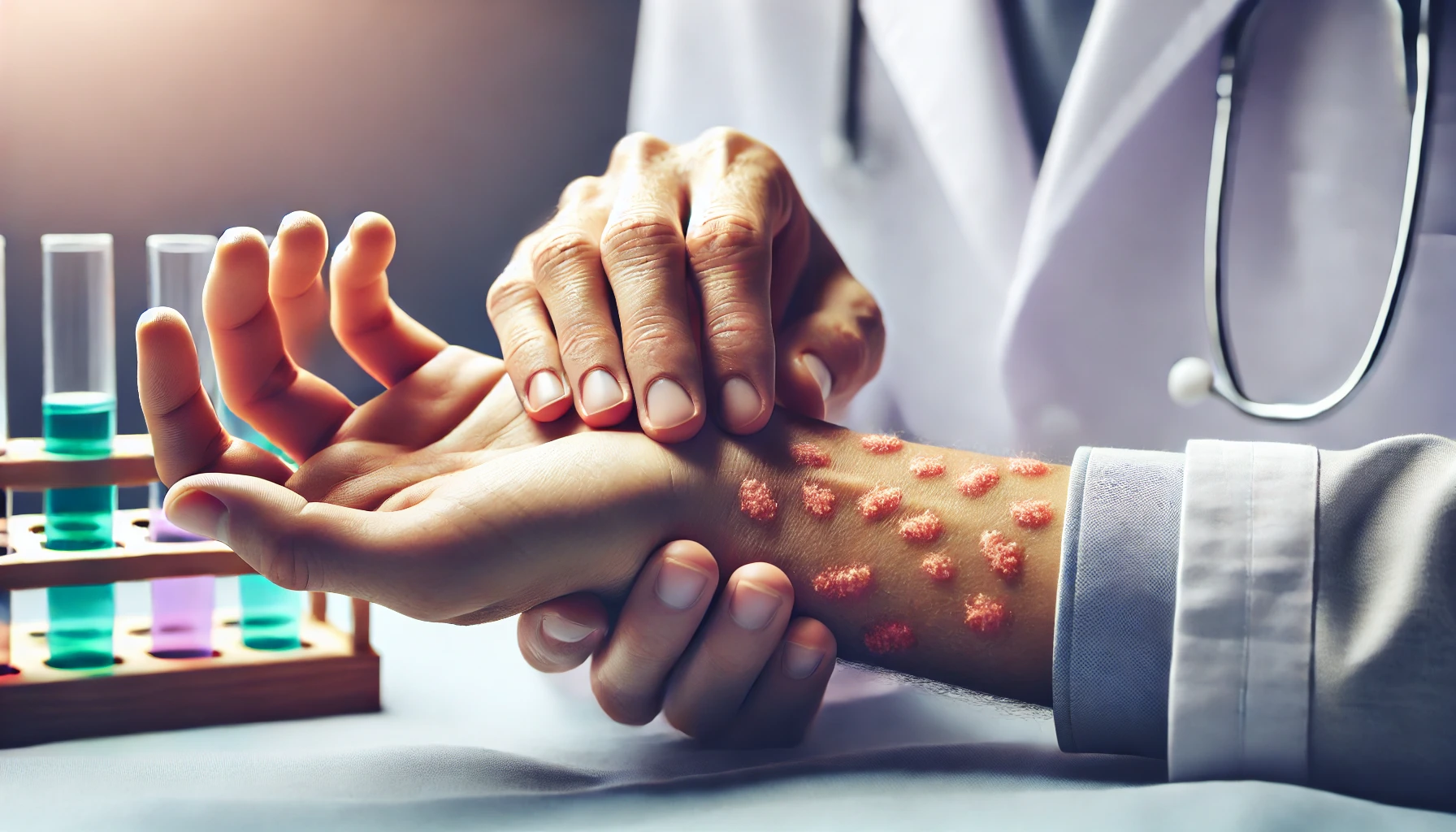Selecting the right dentist is key to your oral health. Whether you’re considering preventive maintenance, cosmetic improvements, or dealing with a dental issue, this article provides clarity on dental specialties and helps you understand what to look for in your dental care provider without overwhelming detail.
Key Takeaways
- Dentists are crucial for maintaining oral health, providing a range of services from preventive treatments to complex procedures such as oral surgeries and orthodontic work.
- Understanding common dental procedures such as teeth whitening, dental implants, and dental crowns can help patients make informed decisions about their oral healthcare choices.
- Maintaining good oral health involves a combination of proper hygiene at home, such as regular brushing and flossing, a balanced diet, lifestyle choices, and regular dental check-ups for early detection and treatment of oral health issues.
The Role of a Dentist in Oral Health
Your dentist serves as a central ally in safeguarding your oral health. They specialize in dentistry, focusing on the health of teeth, gums, and mouth, and work with a team of dental assistants, hygienists, technicians, and sometimes therapists. Through routine dental checkups, dentists conduct oral exams to identify potential decay, gum diseases, abnormal tooth wear, and soft tissue diseases such as oral cancers. They also utilize diagnostic services like X-rays to detect problems early.
Dentists provide a range of services, including:
- Preventive treatments
- Applying preventive resin restorations
- Administering decay arresting medication to high-risk teeth, especially in children
- Educating patients on the warning signs of poor oral hygiene
- Utilizing space maintainers for managing the space of missing baby teeth
- Using nitrous oxide sedation for relaxation during procedures
- Leveraging state-of-the-art technology for more accurate diagnoses, less invasive procedures, and enhanced patient comfort.
General dentistry
General dentists are vital in the prevention, evaluation, diagnosis, and treatment of oral diseases while also preserving the overall function and aesthetics of your teeth. They offer a range of key services including:
- Complete dental exams
- X-rays
- Dental cleanings
- Fillings
- Root canals
- Tooth extractions
Dental hygienists contribute significantly to general dentistry by cleaning teeth, removing plaque and tartar, and advising patients on proper oral hygiene at home. Consistent checkups with a general dentist aid in preserving oral health and early detection of possible problems.
Cosmetic dentistry
The field of cosmetic dentistry encompasses a plethora of treatments aimed at enhancing the look of your teeth. Teeth whitening procedures, for example, bleach the surface of discolored teeth to create a whiter appearance. This is distinct from whitening toothpastes, which only remove surface stains through mild abrasives without bleaching the teeth.
Dental veneers, thin, tooth-colored shells often made of traditional porcelain veneers or composite veneers materials, are attached to the front of teeth to address aesthetic issues, providing an improved, symmetrical smile. Dental bonding utilizes tooth-colored composite resin to cover imperfections such as cracks, and discoloration, serving as a minimally invasive cosmetic solution.
Procedures such as tooth and gum contouring, which are types of cosmetic procedure, can reshape misshapen teeth, enamel, and gum lines respectively, improving the overall look of teeth and smile often with a single dental visit.
Orthodontics
Orthodontics, a specialized subset of dentistry, concentrates on the diagnosis, prevention, and treatment of teeth and jaw abnormalities. Orthodontists can address conditions like:
- crooked teeth
- bite problems
- crowded teeth or teeth that are too far apart
- jaw misalignment
This is often done with tools like braces, aligners, and orthognathic surgery.
Orthodontists use a variety of fixed and removable dental devices, such as braces, retainers, and bands, to modify the position of teeth. Orthodontic treatment strives to boost oral function through bite and tooth alignment enhancements, ultimately leading to a more attractive smile. These treatments are applicable to patients of all ages, as orthodontists can identify both existing problems and those that may arise in the future.
Oral and Maxillofacial Surgery
Specializing in procedures like:
- impacted tooth removal
- facial fracture repair
- jaw surgery
- obstructive sleep apnea treatment
Oral and maxillofacial surgeons are highly skilled professionals. Common procedures like the removal of wisdom teeth are handled by these surgeons to manage issues like impaction and infection.
In addition, oral and maxillofacial surgeons provide complex treatments for temporomandibular joint disorders and conduct bone grafting for dental implants using different bone sources. These surgeons undergo an extensive post-dental school residency, training in anesthesia, general surgery, and surgical specialties to gain proficiency in these complex procedures.
Periodontics
Specializing in the regions surrounding the teeth, including gums and other supporting structures, periodontists are a specific type of dental professionals. They undergo an additional three years of training focusing on periodontic procedures and dental implantology after completing dental school. Untreated periodontal disease can lead to serious dental issues, including damage to the bones supporting the teeth, the surrounding gums and tissues, and ultimately result in tooth loss.
To combat periodontal disease, periodontists perform various procedures, including:
- Scaling and root planing to clean infected root surfaces
- Flap surgery to reduce periodontal pocket size
- Crown lengthening for restoration access
- Sinus lifts for dental implants
Periodontal disease is not limited by age, gender, or race and can affect any number of teeth within an individual.
Common Dental Procedures Explained
Dental procedures can be broadly categorized into three types:
- Preventative services: These include routine cleanings and examinations to maintain oral hygiene and health.
- Restorative services: These aim to repair damage to the tooth’s structure, with treatments including fillings and crowns amongst other therapies that licensed dentists can conduct.
- Cosmetic procedures: These focus on improving the appearance of teeth and may involve treatments such as whitening and applying veneers.
Whether you’re looking to prevent dental issues, repair damage, or improve the look of your teeth, understanding common dental procedures can help you make an informed decision about your oral health care. Here, we delve into three frequently performed dental procedures: teeth whitening, dental implants, and dental crowns.
Teeth whitening
Teeth whitening, also known as tooth bleaching, is the most popular cosmetic dental procedure, offering significant improvements to one’s smile without invasive treatments. In-office bleaching provides immediate results, typically in just over an hour, though it comes at a higher cost compared to other tooth whitening procedures.
Teeth whitening products, such as trays and gels or strips, commonly contain peroxide ingredients. Peroxide concentrations vary, and dentist-provided options are usually stronger and more effective. Consulting with a dentist is crucial for safe and effective tooth whitening, as they can provide professional advice and are legally authorized to perform such treatments.
Dental implants
The dental implant procedure involves several steps, including tooth removal, jawbone preparation, implant placement, and the attachment of artificial teeth. Candidates for dental implants must have a fully developed jawbone, adequate bone density, healthy oral tissues, and no conditions that impair bone healing.
Artificial teeth options for those receiving dental implants, as an alternative to natural teeth, include both removable prostheses, akin to conventional dentures, and fixed prostheses that are permanently affixed to the implants. A successful dental implant procedure often requires bone grafting if the jawbone lacks sufficient thickness and osseointegration, where the jawbone grows and integrates with the implant surface.
After osseointegration, an abutment is attached to the implant, onto which the dental crown or artificial tooth is eventually placed to complete the restoration.
Dental Implant Free Consultation
Dental crowns
Dental crowns are caps designed to mimic the shape of a tooth, which are positioned over a tooth to restore its size, shape, strength, and to enhance its visual appeal.. The procedure for placing a crown typically involves removing a portion of the tooth’s enamel to ensure a proper fit of the crown.
Crowns can be made from a variety of materials such as:
- Resin
- Metal
- Porcelain
- Ceramic
Each material offers unique advantages like durability or aesthetic matching, as well as suitability for patients with metal allergies. Advancements in technology such as CAD/CAM have enabled the creation of same-day dental crowns, providing added convenience, although they may not be the right choice for every patient. Dental laboratory innovations have played a significant role in these advancements.
Maintaining Good Oral Health
Preventive dentistry substantially lowers the risk of oral health conditions like tooth decay, gum disease, receding gums, and tooth sensitivity, thereby mitigating serious dental diseases and related discomfort. Maintaining clean teeth and gums through consistent brushing, flossing, and keeping up with dental appointments for examinations and cleanings is essential for oral hygiene and can prevent issues such as cavities and bad breath.
Moreover, discussing how to promote dental health with a dentist is crucial, especially for individuals with health conditions like diabetes or cardiovascular diseases, as these conditions can have negative effects on oral health. Preventive dentistry is also a proactive step that contributes not just to oral health, but to overall wellness, and regular dental check-ups play a vital role in maintaining this health balance.
Proper oral hygiene
Regular tooth brushing is paramount to prevent tooth decay and gum disease by eliminating plaque. For optimal dental health, brushing at least twice daily using fluoride toothpaste and avoiding brushing for at least an hour after meals is advisable.
A soft-bristled toothbrush is recommended for effective cleaning to remove plaque without harming the gums, and the toothbrush should be replaced every 3-4 months.
Pairing professional dental care with sound oral hygiene habits at home, which includes brushing with fluoride toothpaste and daily flossing, is crucial in warding off periodontal disease.
Diet and lifestyle choices
Tooth decay is caused by sugars reacting with bacteria in plaque to produce acids that attack the teeth and destroy enamel, which can lead to cavities. Sugary and acidic foods and beverages can erode tooth enamel, with substances that have pH values lower than 5.5 being particularly harmful. Some examples of these substances include:
- Soda
- Fruit juices
- Energy drinks
- Candy
- Cookies
- Cake
- Citrus fruits
- Pickles
Limiting your intake of these foods and drinks is crucial for preserving optimal oral health.
Frequent snacking on sugary or acidic foods should be limited to mealtimes to reduce the duration of acid attacks, and chewing sugar-free gum after meals can help neutralize acid in the mouth. A balanced diet rich in vitamins, minerals, and fresh fruits and vegetables, along with lifestyle choices such as wearing mouthguards during sports and avoiding tobacco, are beneficial for preventing gum disease and ensuring effective at-home preventive dental care.
Regular dental check-ups
Routine dental check-ups are pivotal for the early identification of potential issues such as gum disease and dental decay, enabling early intervention before they develop into more serious problems. Building a good relationship with a dentist through regular visits enables the dentist to provide tailored advice and support specific to the patient’s needs, helping to maintain proper oral health over time.
Summary
In conclusion, dental health is an integral part of overall health, and selecting the right dentist is a crucial decision. It’s clear that dentistry is a broad field with many specialties, from general dentistry to orthodontics and periodontics. Understanding common dental procedures and the role of different dental professionals can help you make informed decisions about your oral health. Remember, maintaining good oral health doesn’t just involve professional dental care. It also requires proper oral hygiene, a balanced diet, and lifestyle choices, as well as regular dental check-ups.
Frequently Asked Questions about dentists.
How Often Should I Visit the Dentist?
Typically, it’s advised to schedule a dental check-up and cleaning every six months. Nonetheless, depending on your unique oral health requirements, your dentist might recommend a tailored visitation schedule.
Why Is It Important to Go to the Dentist?
Regular dental visits are crucial for maintaining oral health. They allow for the early detection and treatment of issues such as cavities, gum disease, and even oral cancer. Dentists can also provide professional cleaning to remove plaque and tartar that regular brushing and flossing might miss.
What Should I Expect During a Dental Check-Up?
During a dental check-up, the dentist will examine your teeth, gums, and mouth for signs of any problems, such as cavities or gum disease. They may also perform a professional cleaning to remove plaque and tartar. Depending on your oral health, they might take X-rays to check for hidden issues. The dentist will also provide personalized advice on how to improve your oral hygiene routine.
What Is the Best Way to Overcome Fear of the Dentist?
Overcoming dental fear often involves a combination of strategies. These can include finding a dentist who specializes in treating anxious patients, discussing your fears openly with your dentist, using relaxation techniques such as deep breathing, and possibly considering sedation options for dental procedures. Establishing trust with your dentist through clear communication can significantly reduce anxiety.
















